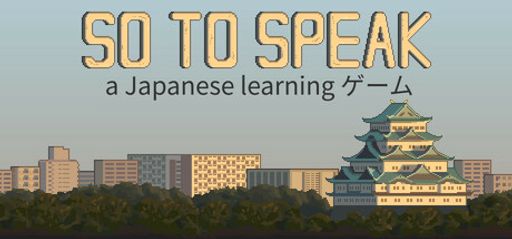I have spent many hours immersed in new games, but few experiences compare to my time with So to Speak. This title is a unique fusion of language learning and puzzle-solving set in a tranquil, beautifully rendered Japan. I appreciate a game that offers both mental stimulation and cultural immersion. So to Speak achieves both in its distinct way.
Overall Impression
At its core, the game invites players to explore Japanese streets. I wandered through virtual neighborhoods that came carefully to life. The game challenges you to decipher signs, overhear conversations, and use context to identify meaning. As a language enthusiast and a completionist, I took joy in exploring every nook and cranny. The game demands attention to minor details that many players might overlook. This approach makes it truly rewarding when you finally piece together the puzzle.
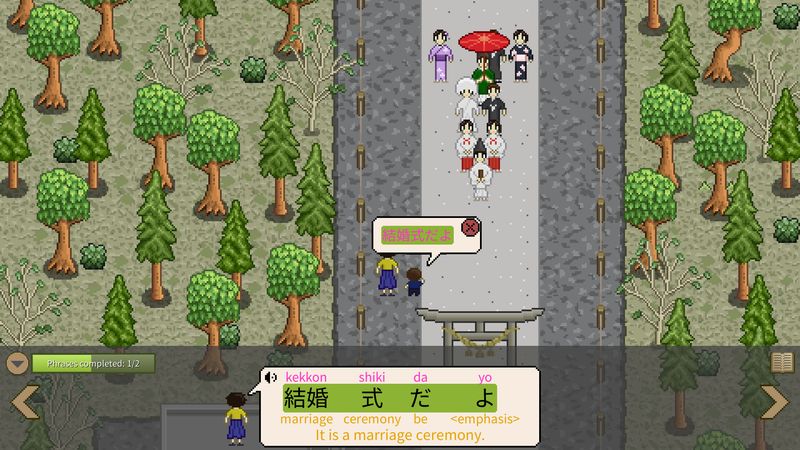
The story unfolds gradually, much like a casual conversation. I never felt rushed, as each level was crafted to introduce new vocabulary and sentence structures naturally and effectively. The narrative in So to Speak is subtle. It does not rely on complex jargon or on heavy backstory. Instead, it trusts players to engage directly with their surroundings. I appreciated that the narrative focused on immersive environmental cues rather than scripted dialogue. This design choice places value on observation, a principle that resonates deeply with my approach as a completionist gamer.
Gameplay Mechanics
The mechanics in So to Speak deserve careful attention. The developer, Erik Andersen, crafted an experience that is both straightforward and highly engaging. Every element in the game serves a specific purpose. You are encouraged to learn through interaction. The mechanics use exploration to blend learning with discovery. I encountered various puzzles that ranged in complexity. Some puzzles felt like delightful flashcard reviews, while others required more deliberate thought. This balance keeps gameplay interesting throughout.
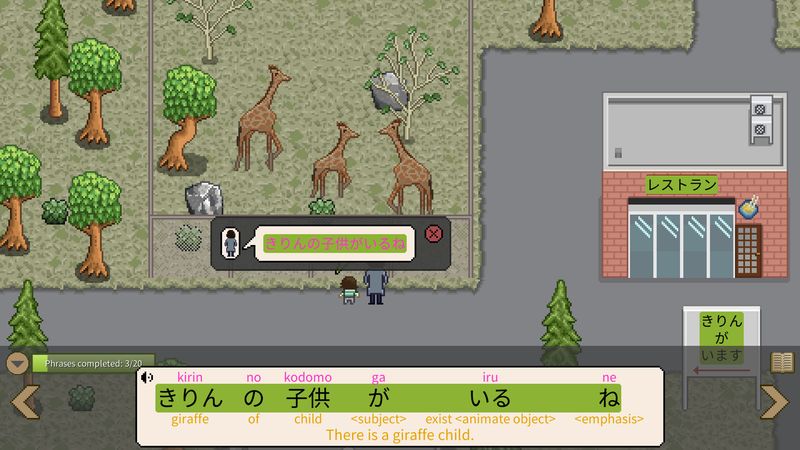
However, not all mechanics shine equally. As noted by several players and echoed in my own experience, the controller support does not meet expectations. I attempted to use a controller and found it frustrating. It failed to simulate the precision of a mouse. Players reported discomfort similar to what I felt. Given that the game currently mimics a mouse with R3, the controls can aggravate wrist strain. I urge players who plan on using controllers to consider the limitations until future updates improve the system. Until then, I recommend using a mouse if possible for a smoother experience.
I found joy in dissecting each chapter as if analyzing clues in a mystery novel. Every interaction felt intentional, encouraging players to pick up every small piece of the environment. Although the gameplay lacks the vigorous action found in other genres, it offers a charm and depth that set it apart from similar language learning titles. Comparisons to flashcard-based apps are inevitable, but So to Speak wraps learning in an engaging narrative context. You are not simply memorizing vocabulary, but learning through immersive scenarios. This approach revitalizes what could have been a tedious experience.
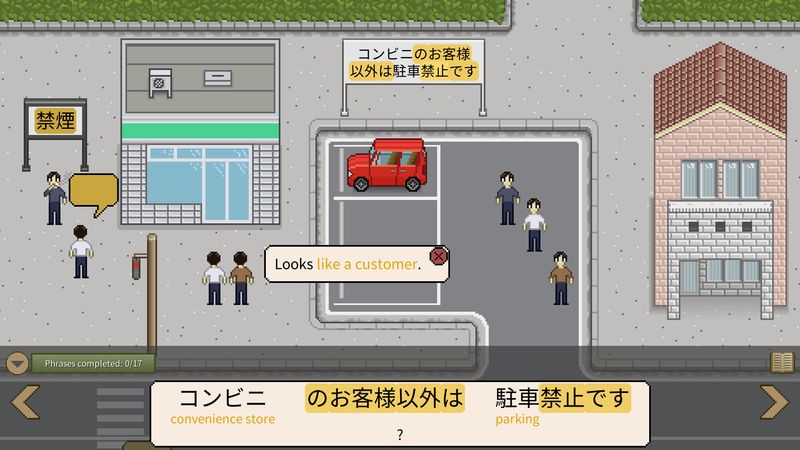
Story and Characters
The story and characters deserve particular praise despite their simplicity. So to Speak does not feature blockbuster characters or epic confrontations. Instead, it mirrors real-life encounters. The characters are everyday people who populate the city. I encountered shopkeepers, passers-by, and fellow explorers who enhanced the narrative with authentic dialogue snippets. They serve to remind you that language is lived in context. I appreciated this method as it made each interaction feel consequential and realistic. The world-building is subtle yet impressive, drawing players deeper into its cultural fabric.
Visuals and Graphics
Visually, the game adopts a minimalistic yet effective style. The artistic choice mirrors the simplicity of the language puzzles. The visuals are clean, and each scene is composed with care. Simple graphics help focus attention on essential details, such as well-drawn signs and appealing street scenes. The color palette is modest but thoughtful, enhancing the immersive qualities of the game. The simplicity does not feel like a compromise. Instead, it reinforces the game’s meditative tone. Each location feels authentic and gently guides you through the process of learning.
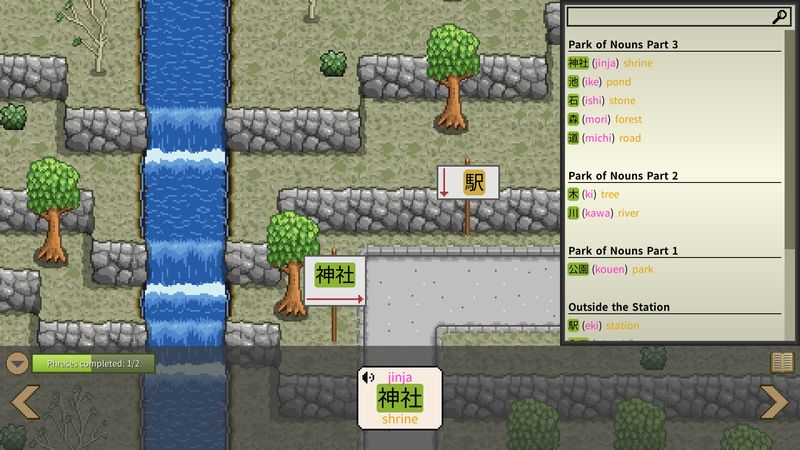
Sound and Music
Sound and music play a notable role in establishing the game’s atmosphere. The soundtrack features gentle melodies that evoke the calm of a quiet Japanese afternoon. Sound effects are used sparingly yet effectively. I found that ambient sounds and distant conversations enhance the overall experience, acting as extra clues in the language puzzles. Although the game does not rely on heavy voice acting, the natural audio cues add depth to each scene. In many moments, music and ambient noise work together to pull you deeper into the game’s world.
Difficulty and Replayability
I spent ample time on replayability, and So to Speak offers plenty of incentive for multiple playthroughs. The gradual pace encourages you to revisit areas to collect missed vocabulary or to understand new grammar contexts. Each chapter feels like an invitation to return and discover something new. The learning tool aspect of the game is its strongest suit. I recommend this title to anyone who wants to complement their language studies with interactive play. Players have noted that the game excels as both an educational tool and a game. I wholeheartedly concur. More dedicated learners will appreciate the encouragement to create external flashcards to supplement in-game learning.
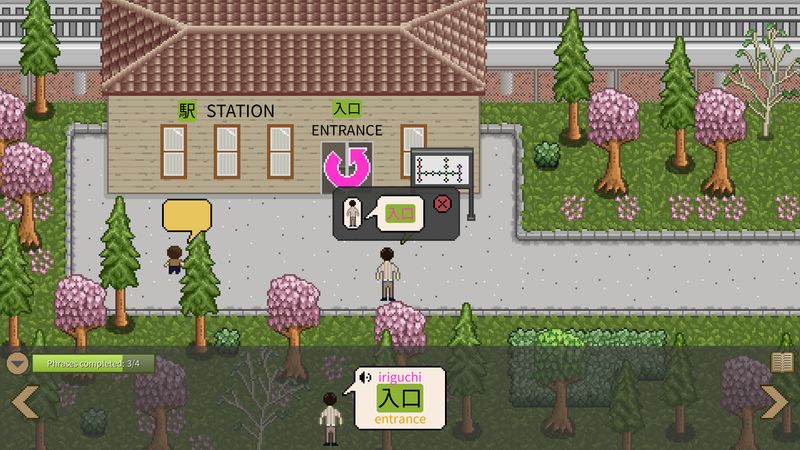
Despite its many strengths, the game does have room to grow. The control issues with non-mouse peripherals are a setback. Additionally, while the game excels in encouraging context learning, its puzzle variety could expand in future updates. I remain hopeful for enhancements as the developer continues to refine the experience. Given the current state, the game is impressive enough to warrant a closer look and a second play.
Behind-The-Scenes Trivia
Developer Erik Andersen remains deeply involved with the community. His passion for both Japanese language and immersive game design clearly informs every detail of So to Speak. His commitment to a user-friendly and adaptive experience shows in the release notes and ongoing updates. I appreciate that he remains accessible to players and actively listens to constructive opinions. This transparency adds extra value to the overall experience.
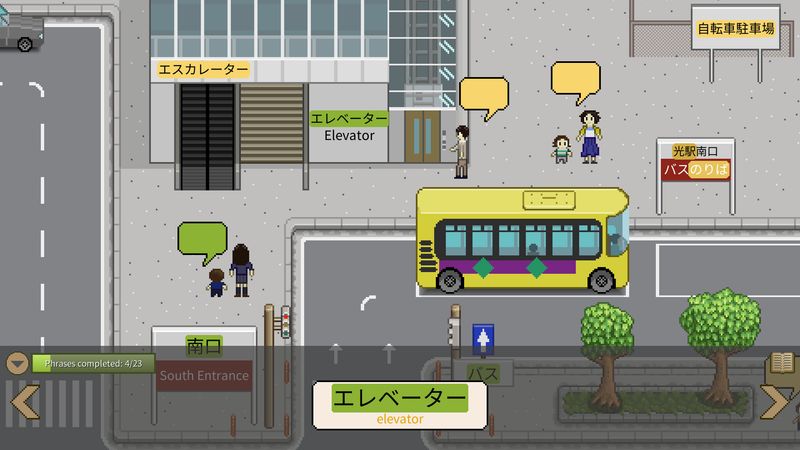
Conclusion
In conclusion, So to Speak stands out as a refreshing take on language learning through gaming. The game’s immersive world, well-executed mechanics, and clear dedication to authentic cultural experience establish it as a unique title in its niche. I commend the effort put into making an engaging learning tool wrapped in a game. While there are technical issues with controller support and a desire for more varied puzzles, these concerns do not overshadow the strengths of the title.
After extensive play and careful analysis, I award So to Speak 4 out of 5 stars. This rating reflects its innovative approach to blending education with interactive entertainment, alongside its minor yet significant flaws. I recommend So to Speak to fellow gamers who love to explore every nook and cranny, as well as language learners seeking an engaging complement to their studies. Every detail, no matter how small, contributes to an overall rewarding experience. I look forward to future developments and updates that refine this already promising game further.

